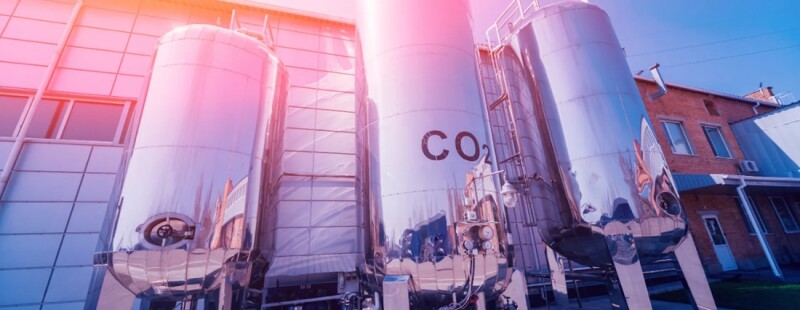DNV has released a new version of its advanced computational fluid dynamics (CFD) simulation software, developed through three joint industry projects with major energy companies.
Accurate simulations of gas dispersion, fire, and explosions are crucial for the deployment of energy transition technology such as carbon capture, use, and storage (CCUS), hydrogen, and ammonia. The updated KFX software models the behavior of liquid or gaseous materials and predicts consequences in real environments in the event of accidents. The simulations are used as the basis for the design of installations to mitigate consequences and for quantitative risk assessments. DNV says the software also helps operators optimize safety measures and design efficiency, reducing risk and unnecessary cost in energy transition projects.
The latest KFX software release introduces specialized consequence modeling of carbon dioxide (CO2), ammonia and hydrogen and has capabilities that reflect the physical properties and thermodynamics of each fluid. The new features were developed over 4 years in close collaboration with Equinor, TotalEnergies, Vår Energi, and Horisont Energi.
“At DNV, we’ve always believed that solving the industry’s biggest challenges requires collaboration,” said Kenneth Vareide, CEO of DNV Digital Solutions. “Through these joint industry projects, we’ve worked side by side with leading energy companies to decode the complexities of the energy transition, translating that knowledge into scalable software that supports the safe and effective deployment of CCUS and other critical technologies related to hydrogen and ammonia.”
For CO2 releases, the software now predicts the formation of dry ice and the sublimation of particles in the air or from the ground if deposited. This could affect the gas cloud and necessary safety distances in facility planning, contributing to more cost-efficient decarbonization projects.
Additionally, the software now includes a multicomponent spray model to simulate ammonia gas being absorbed in water droplets. It can be used to evaluate the efficiency and design of water curtains or other methods to mitigate the consequences of accidental releases.
“DNV has a wide range of solutions for advanced modeling of hazardous releases, from free-field empirical models to the most advanced CFD software,” said Trond Evanger, head of section of CFD Solutions at DNV. “With the new KFX release, we are bringing in capabilities that will create more accurate models, ultimately improving the basis of critical decisions.”

